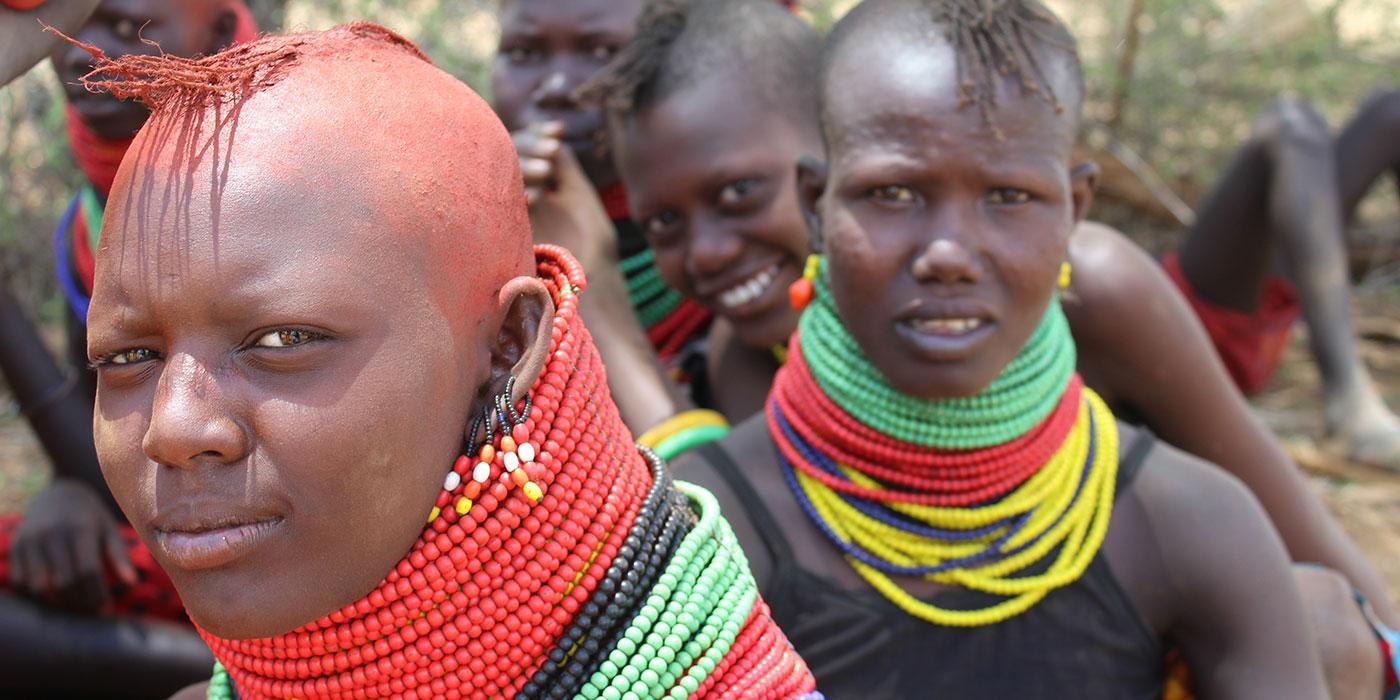PREDICT Kenya
USAID PREDICT Program
The United States Agency for International Development (USAID) initiated the Emerging Pandemic Threats (EPT) program in 2009 with the goal of strengthening capacities in developing countries to prevent, detect, and control infectious diseases. PREDICT, a surveillance and virus discovery component of the EPT program, focuses on building capacity to identify potential viral threats at high-risk animal-human pathogen transmission interfaces where diseases are most likely to emerge.
USAID PREDICT Program in Kenya
The Smithsonian Institution has been collaborating with Kenyan scientists for decades regarding numerous conservation issues, including emerging disease prevention and the overlap between animal, human, and ecological health. The Global Health Program (GHP) is dedicated to these ideals and has recently begun exploring opportunities in Kenya in a partnership with USAID and the PREDICT program, for which GHP is the lead member in Kenya activities.
Among the groups GHP has been developing relationships with in Kenya are the Kenya Wildlife Service (KWS), the International Livestock Research Institute (ILRE), the International Centre of Insect Physiology and Ecology (ICIPE), and the Institute of Primate Research (IPR).
The Global Health Program's PREDICT/Kenya hopes to better understand how diseases are transmitted from animals to humans. Eventually, sampling will be performed on a variety of species including, but not limited to primates, bats, and small carnivores in an attempt to map and prepare for emerging viral zoonotic outbreaks. Additionally, GHP is sampling domestic animals, such as camels. In sharing information between human and animal health professionals, the PREDICT/Kenya team hopes to ultimately identify dangerous zoonotic diseases before they become pandemic threats, facilitating rapid response to currently undetected viruses.










